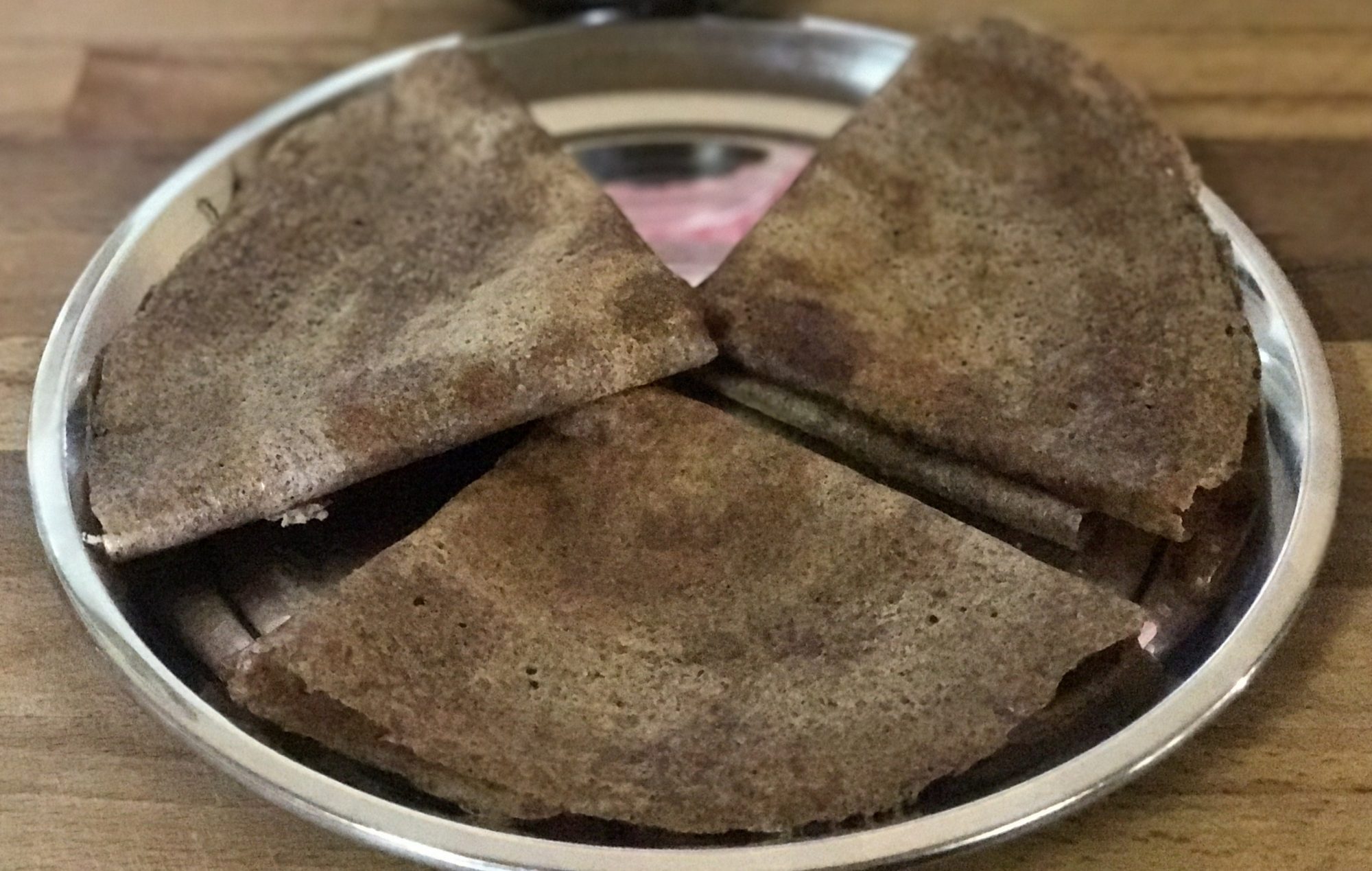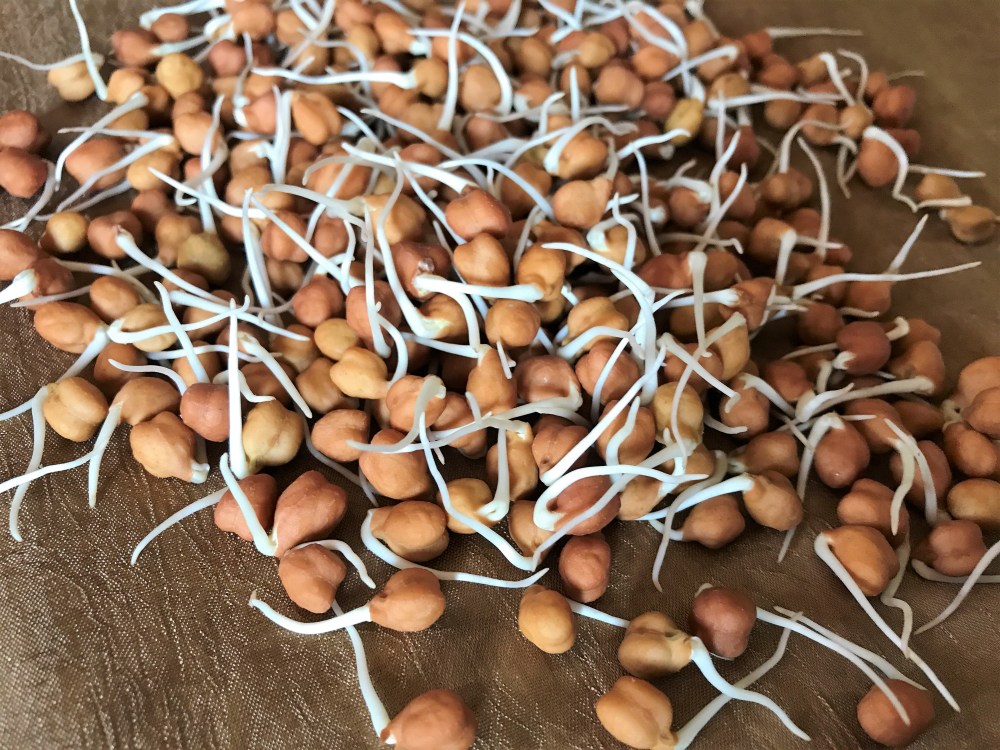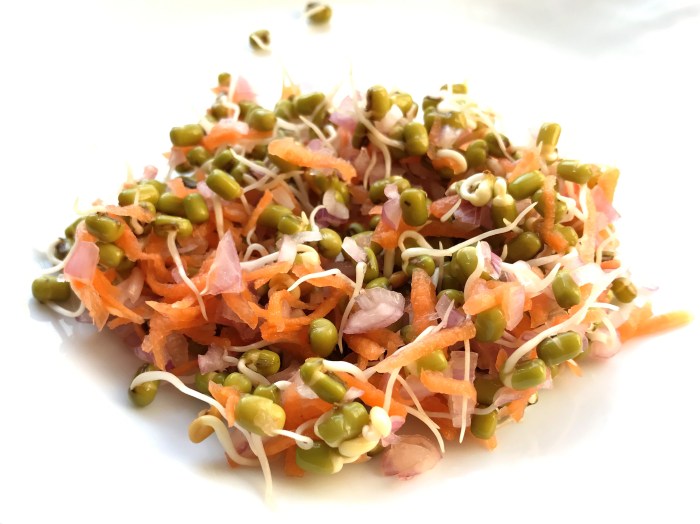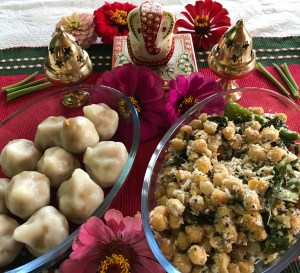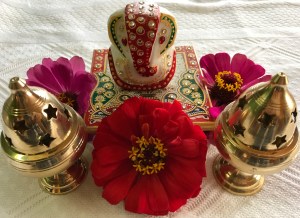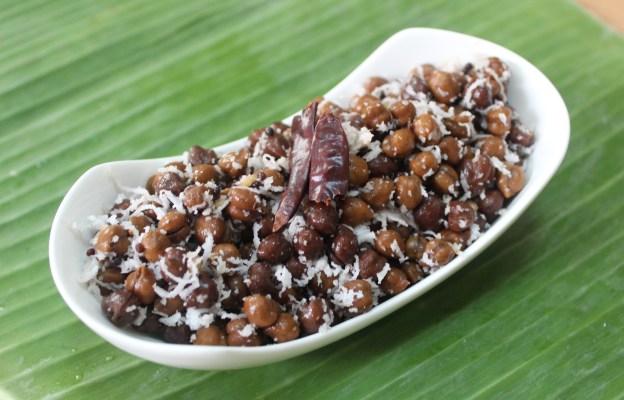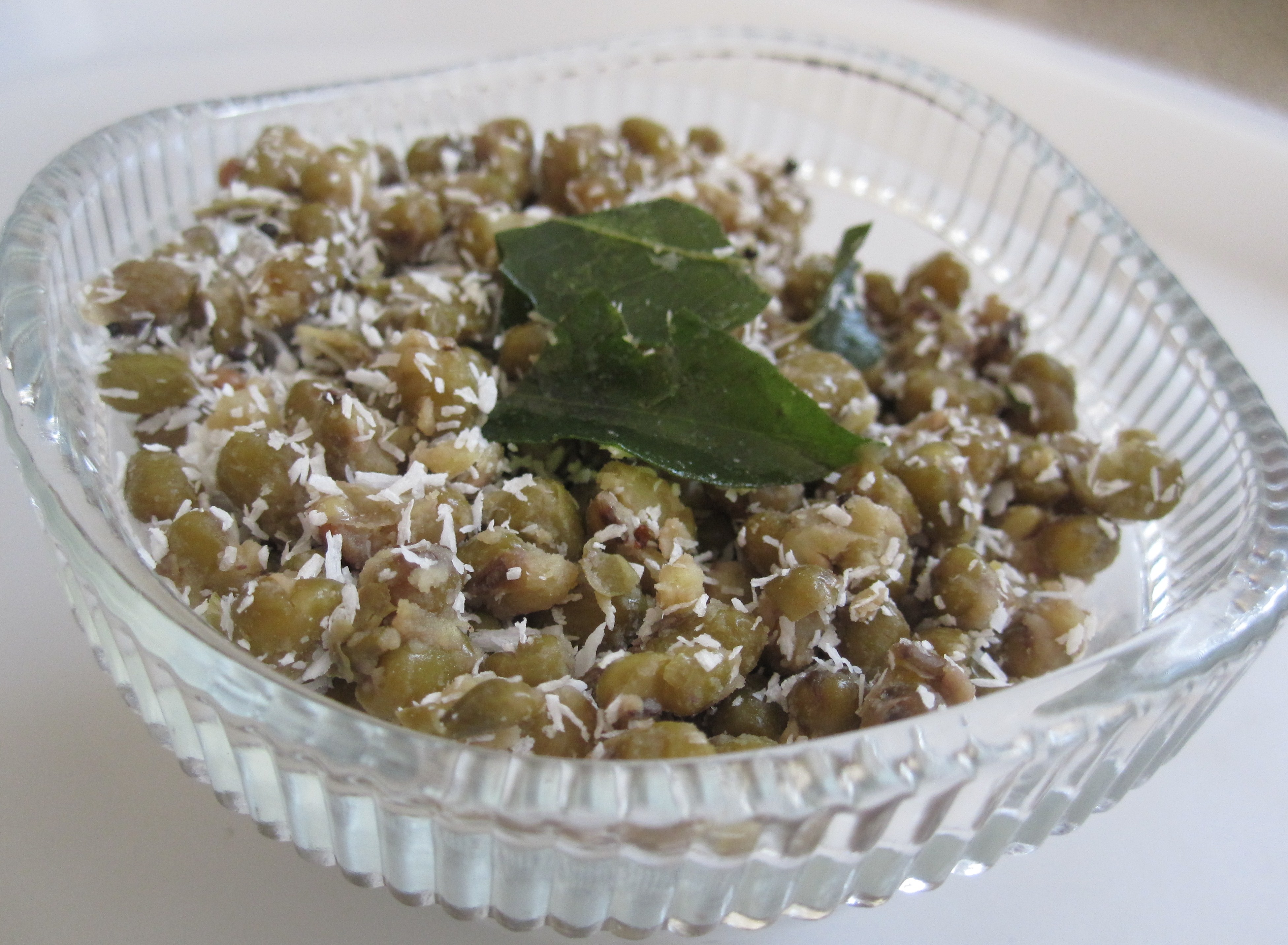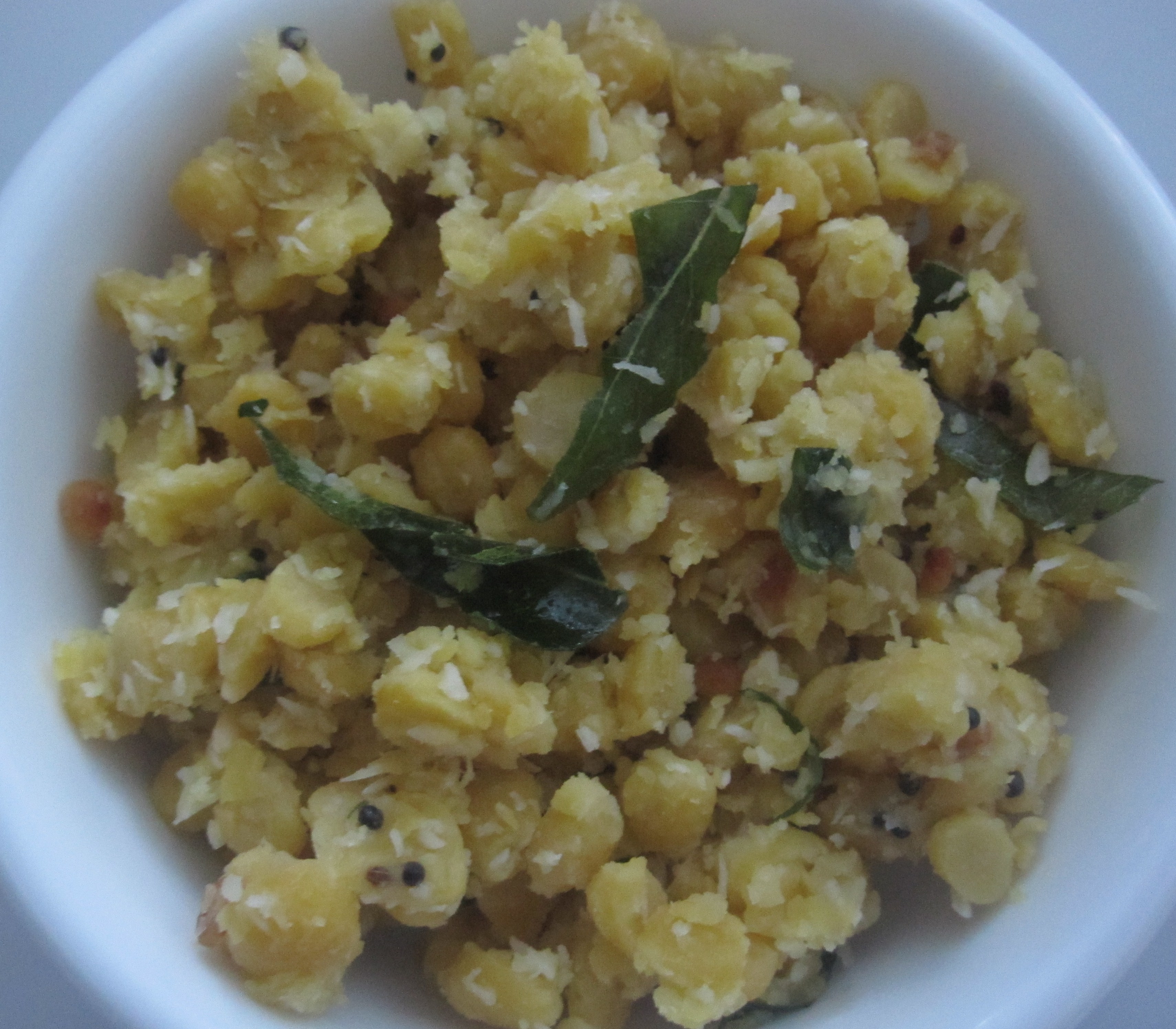Come September, there are a number of festivals in line. And, for an Indian household, festivals mean exclusive traditions and exquisite food. Pillayar Chathurthi passed with mouth watering Modhakams or Poorna Kozhukkattai. Then came Navratri/Navaratri with many varieties of Sundal or the Healthy seasoned Lentil salads.
This year, Navaratri/Navratri was a special affair. Living in Abu Dhabi, one doesn’t feel out of homeland, with millions of Indians, especially South Indians quite huge in number. But, it is certainly an amazing place where festivals are celebrated in their best traditional way, with undoubted authenticity.
My Navaratri in Abu Dhabi, reminded me of Chennai, where I would go to houses of relatives and friends, to see Golu – the display of dolls/artefacts and many more, in beautifully decorated steps. Golu, showcases the innovative decorations of mostly the women in the house, and ofcourse without gender bias, the men do give a helping hand. Whoever contributes to it, It is creativity at its traditional best.
Why Abu Dhabi reminded me of Chennai, is purely because, the Golu display, Traditional attire, Sundal and singing of Keerthanais in Carnatic music, all part of Navaratri back home, came as a complete package this year. The only difference being, back in Chennai, I went in Pattu Pavadai – the traditional dress for little girls in south India; here in Abu Dhabi – I took my little daughter who came in Pattu Pavadai.
Nostalgia heavily strikes the middle aged .. has any philosopher/psychologist mentioned it? If not, then it’s me to profess it to the whole wide world.
I truly need to thank my friends here, Radha, Rekha, Shalini and Uma, who took me in a time machine and made me relive those splendid memories. Back at home, in one’s own homeland, one is always part of the already built-in society. Sharing traditions and remaining rooted, becomes an easy affair there. Here, in a land of one’s livelihood, one needs to become part of a new society, as well gather parts of their own society to remain culturally rooted. This Navaratri/Navratri and Golu that I write about, are not community events, transferring the cultural current from a core transmitter. Most admirable part here, is that, these women of the household, professionals in their own walks of life, have independently and individually transmitted the tradition and culture, they learnt from their parents, to friends and members of an extended society.
Here are a few pictures of the fascinating decorations in their homes, arranged to perfection. The Navaratri celebrations with the Golu, provided splendid feast for the eyes, soothing traditional music for the ears, scrumptious food for the tummy, and glorious memories for the heart.
The first home that I visited… Golu at Radha’s…

the beautiful steps
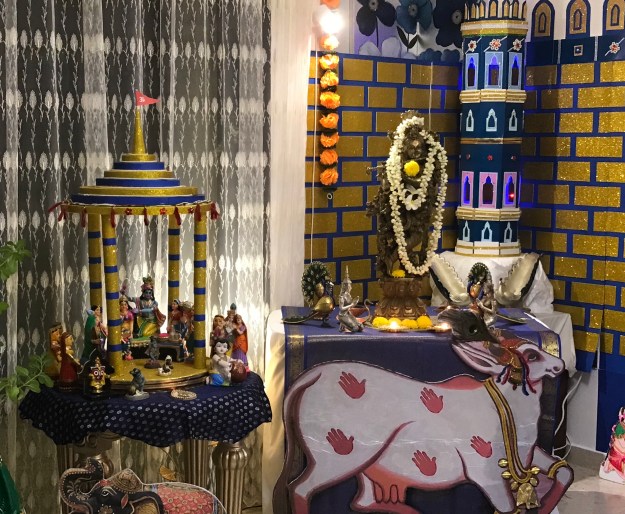
the Krishna concept

the Devis
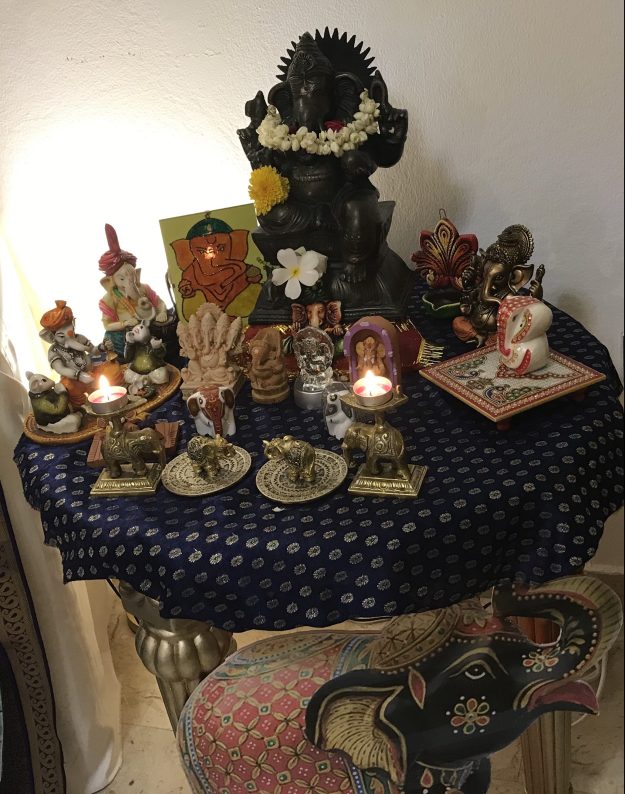
the Ganeshas
Golu at Shalini’s..

the beautiful steps

such eye-catchy colours..

the Krishna concept..

surprising twist.. Cambodian concept..Apsaras and Angkor Wat
This one, rekindled my Khmer Memories. Cambodia holds a special place in my heart, for the history of the land, warmth of the people, traditional cuisine and the connect with India, especially Tamilnadu- during the eras of the Pallava and Chola Empires. Nostalgia Overloaded. For more information on my love for Cambodia – please visit – https://dosaikal.com/category/the-cambodia-diary/
Golu at Rekha’s..
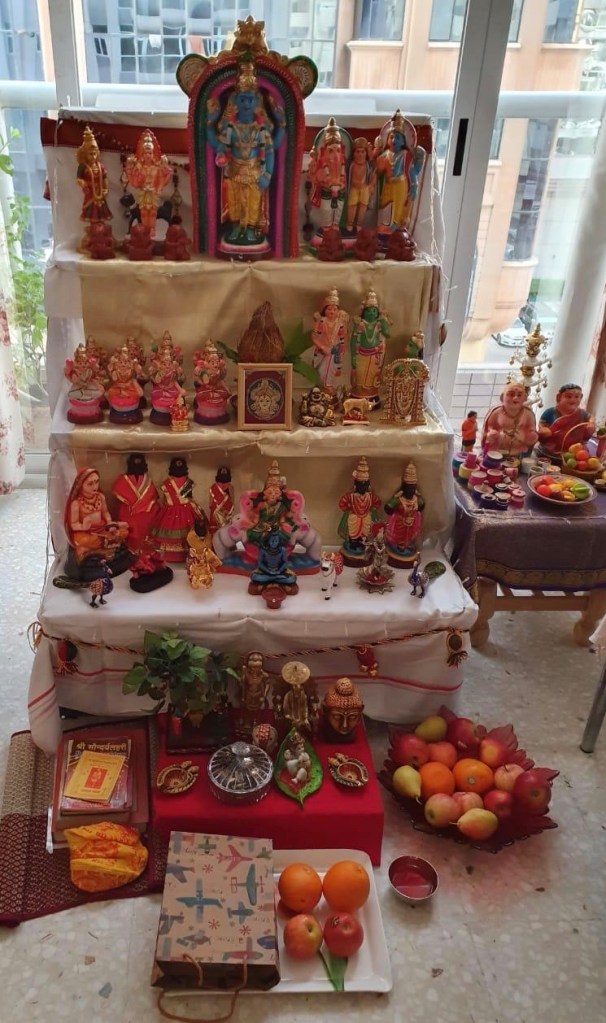
the beautiful steps…

Thanjavur thalaiyatti bommai – dancing dolls of Thanjavur – the shopkeeper’s gallery
A big ‘Nandri’ my friends!!
